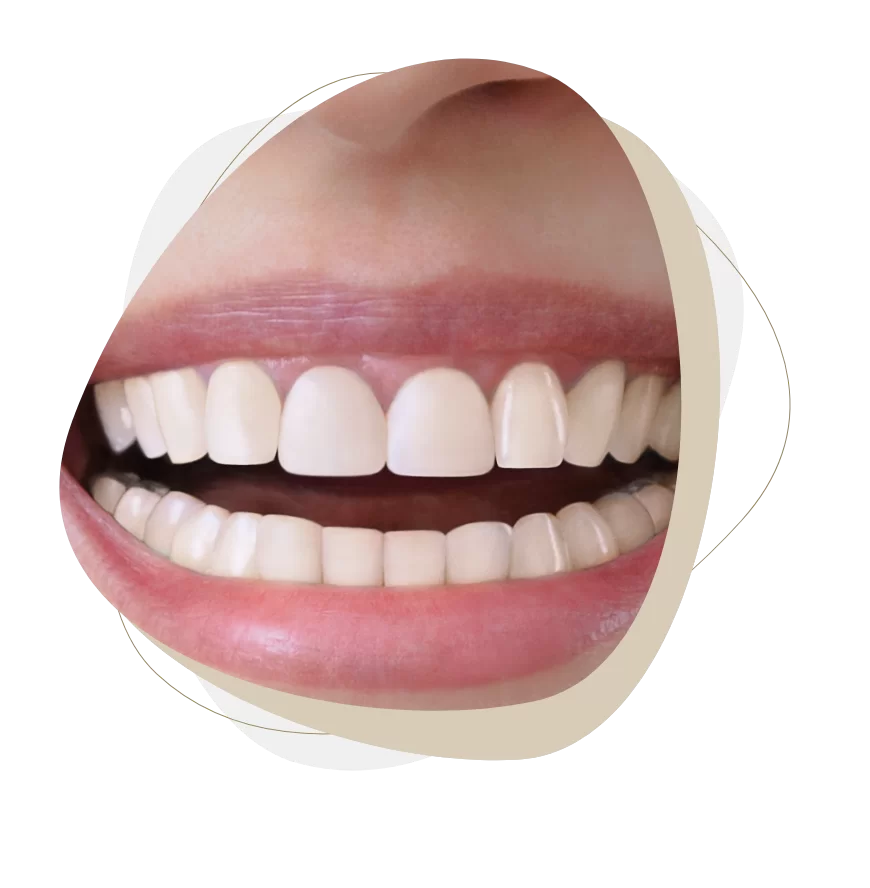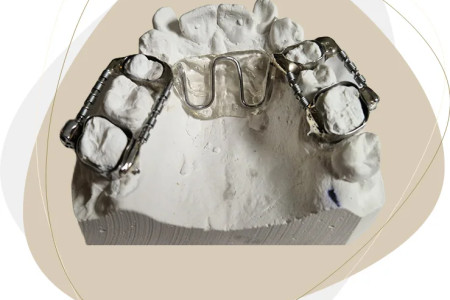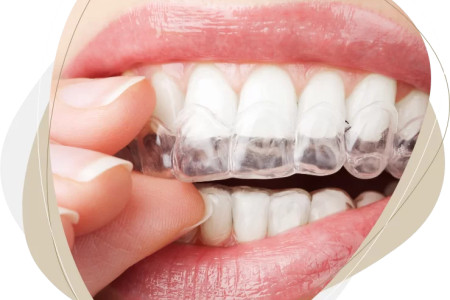Table of Contents
The main causes of tooth crowding
Tooth crowding occurs when there is no space in the dental arch when permanent teeth erupt.
This causes teeth to overlap or grow in incorrect places (e.g. one behind the other instead of next to each other). Interestingly, the curves already visible in the primary teeth are a signal of a possible problem with tooth crowding in the future. If left untreated, the defect may make itself felt in the patient's adult life.
Crowdings are uneven
It turns out that orthodontists who work in dental offices on a daily basis distinguish two types of crowding:
- primary – often caused by too quick replacement of teeth or leaving milk teeth despite the appearance of permanent ones;
- secondary - they are usually caused by erupting wisdom teeth, the appearance of which means that previously properly spaced teeth have too little space to fit freely in the maxilla or mandible. The cause of secondary crowding may also be the loss of a tooth, e.g. as a result of an injury - then the remaining teeth move towards the resulting gap. To prevent this, you should take care of the implant well in advance.
How to treat crowded teeth?
Fixed or removable orthodontic appliances come to the rescue - such as Clear Aligner overlays. Their action places the teeth in the right place, and regular check-ups allow the straightening process to run smoothly and effectively. Crowded teeth can be successfully straightened - you just need to choose the right method.
We recommend our Clear Aligner orthodontic splints to people who want quick results and a comfortable course of treatment. They are made of an extremely thin, transparent material that does not cause allergic reactions and does not irritate the oral cavity. Ask for details at the nearest orthodontic office - a list of offices cooperating with us can be found on the website. We encourage you to contact us!




